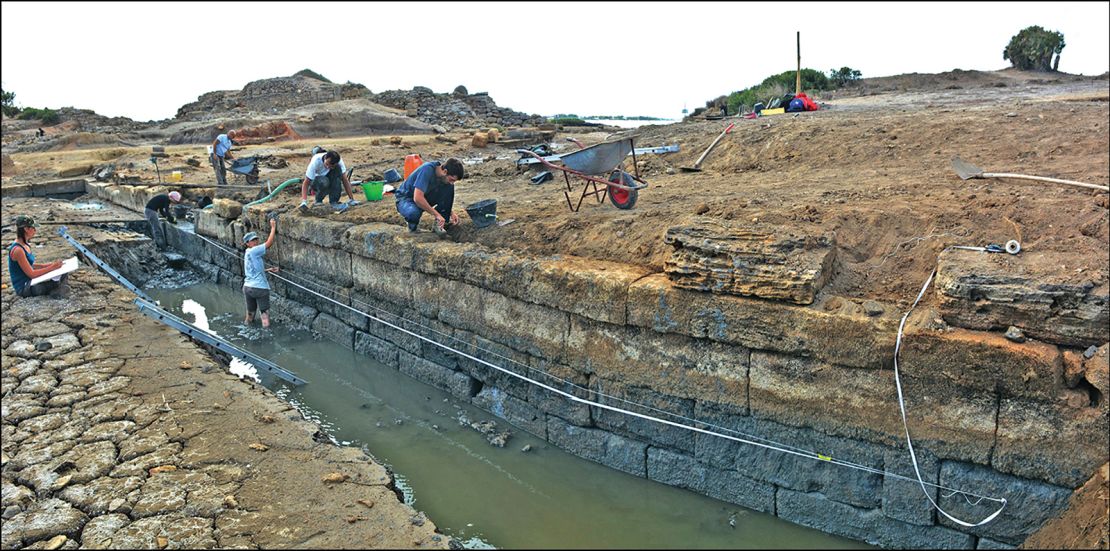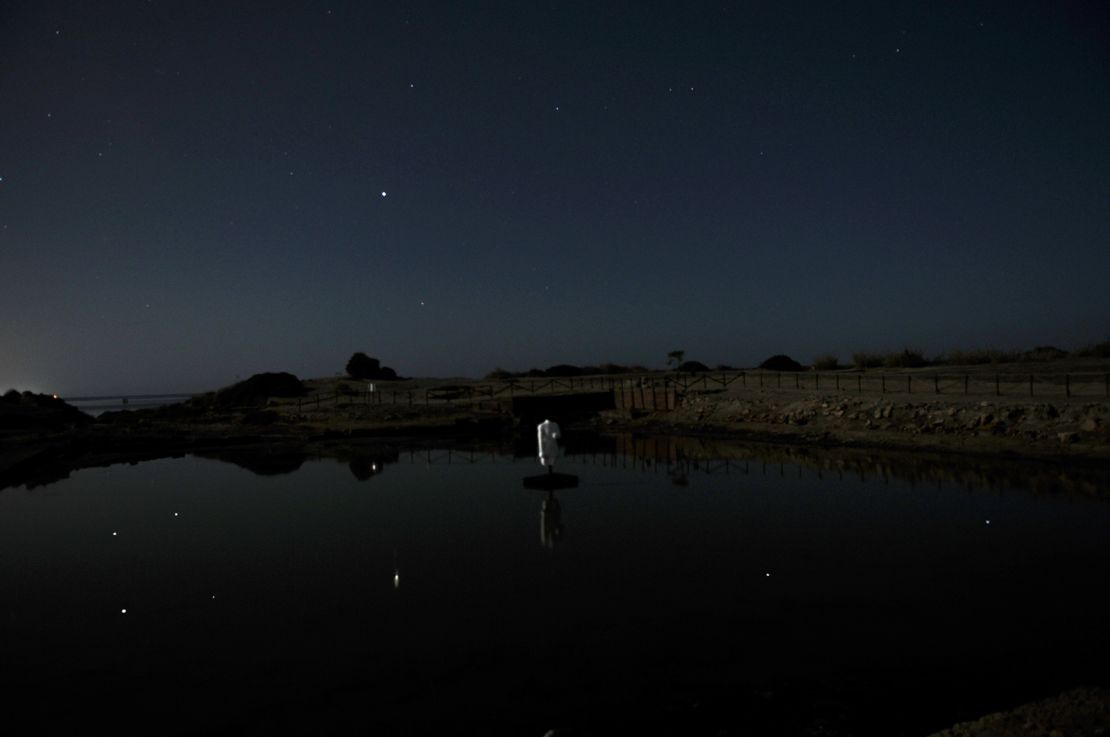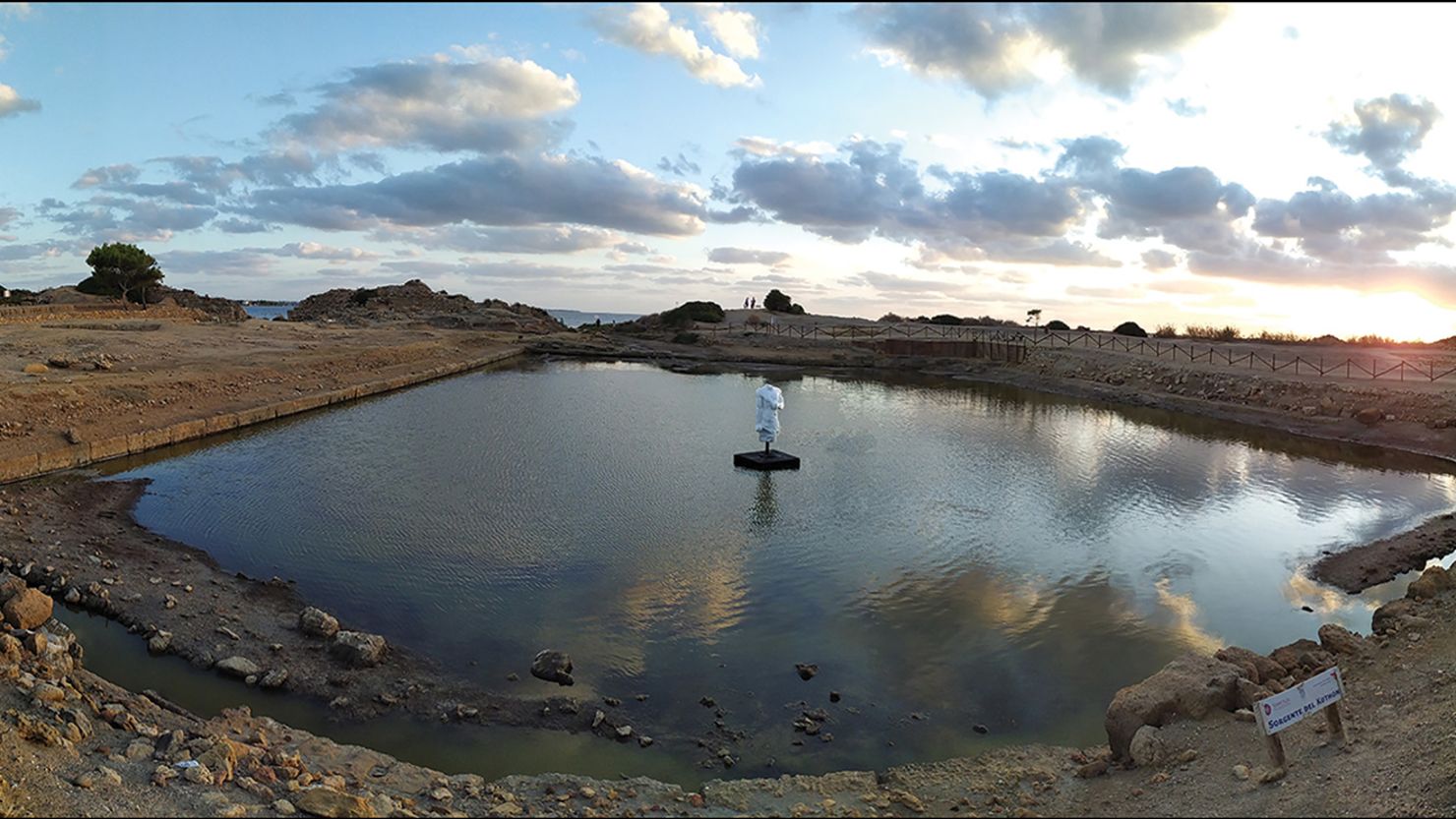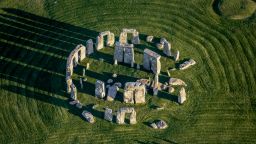Sign up for CNN’s Wonder Theory science newsletter. Explore the universe with news on fascinating discoveries, scientific advancements and more.
An artificial lake off the west coast of Sicily was once one of the largest sacred pools in the ancient Mediterranean 2,500 years ago – and it was aligned with the stars, according to new research.
Previously, researchers thought the rectangular lake was a military harbor that participated in Mediterranean trade. But new excavations and research at the adjacent site of the ancient Phoenician island city of Motya revealed it the lake to be the heart of a circular, sprawling, religious sanctuary.
Motya was a bustling port during the first millennium BC. Researchers dated the construction of the pool to 550 BC, when the city was rebuilt after an attack by Carthage, a nearby Phoenician city along the North African coast that was Rome’s main rival. Now, Motya is better known as San Pantaleo, an idyllic spot for tourists.
Researchers first found the basin in the 1920s and determined it must be an artificial harbor like the one discovered in Carthage, called the Kothon.

When new excavations were undertaken at Motya, archaeologist Lorenzo Nigro, a professor from the Sapienza University of Rome, and his team determined something else.
“For a century it was thought Motya’s ‘Kothon’ was a harbor but new excavations have drastically changed its interpretation: It was a sacred pool at the center of a huge religious compound,” said Nigro, the lead study author, in a statement.
The study published last week in the journal Antiquity.
Revealing a sacred site
Excavations have been underway at Motya for the past 60 years, offering other potential clues regarding the true purpose of the pool. On the edge of the artificial lake, researchers unearthed a structure they determined was the Temple of Ba’al, rather than harbor buildings. This finding in 2010 is what spurred a new perspective of the Kothon.
The sacred pool was filled with fresh water, bordered by three temples, and featured a statue of Orion – known as Ba’al to the Phoenicians – supported on a pedestal at the center.
The statue of the male deity had originally been found in the lagoon in 1933 and went on display at the Regional Archeological Museum Antonio Salinas in Palermo. It stood about 7.8 feet (2.4 meters) high.
Over the past decade, Nigro and his team drained the basin to conduct excavations. The artificial lake was longer and wider than an Olympic-size swimming pool.
“This revealed it could not have served as a harbor, as it was not connected to the sea. Instead, it was fed by natural springs,” Nigro said.
During the course of their work, the researchers also found more temples along the basin, as well as altars, offerings, a pedestal at the center of the lake that once held the statue, and stelae, or stone columns bearing inscriptions.
The findings provided further support for the site being a sacred pool rather than a harbor. And when they mapped the religious complex, they realized it was laid out in alignment with the stars. Key structures and features of the complex point to specific constellations and other celestial observations.

“The nearby Temple of Ba’al is aligned with the rise of Orion at the winter solstice, whilst stelae and other features were aligned with other astronomical events,” Nigro said. “This points to the deep knowledge of the sky reached by ancient civilizations.”
The researchers also think the pool’s horizontal surface may have been used as a reflective tool to map the movements of the stars – crucial for navigation as well as observing certain religious holidays at the time.
“The stars and constellations were regarded by the Phoenicians as gods and sacred ancestors,” the authors wrote in the study.
The pool was refilled and a replica of the Ba’al statue was placed on the pedestal at the lake’s center in 2019.
A city of free thinkers
Motya was a hub of activity during the Bronze and Iron ages because it offered a wealth of natural resources, like fresh water, salt and fish, while being a well-protected harbor. The location was also a strategic one between North Africa, Iberia and Sardinia.
By the seventh century BC, Motya was participating in trade across the Central and Western Mediterranean, which put them in direct conflict with Carthage on the opposite side of the Strait of Sicily.
Carthaginian forces attacked Motya during the sixth century BC, but the island city bounced back and built a city wall, as well as two religious compounds.
Historical records show that Motya was a welcoming cultural melting pot, so the holidays and celestial events belonging to other ancient cultures were likely celebrated there. Unfortunately, this openness drew the ire of Carthage, which was focused on maintaining political and economic power.
When Dionysius I, the Greek tyrant of Syracuse, besieged Motya, Carthage delayed in providing aid. Ultimately, Motya was besieged and destroyed between 396 and 397 BC, leading to its downfall.







